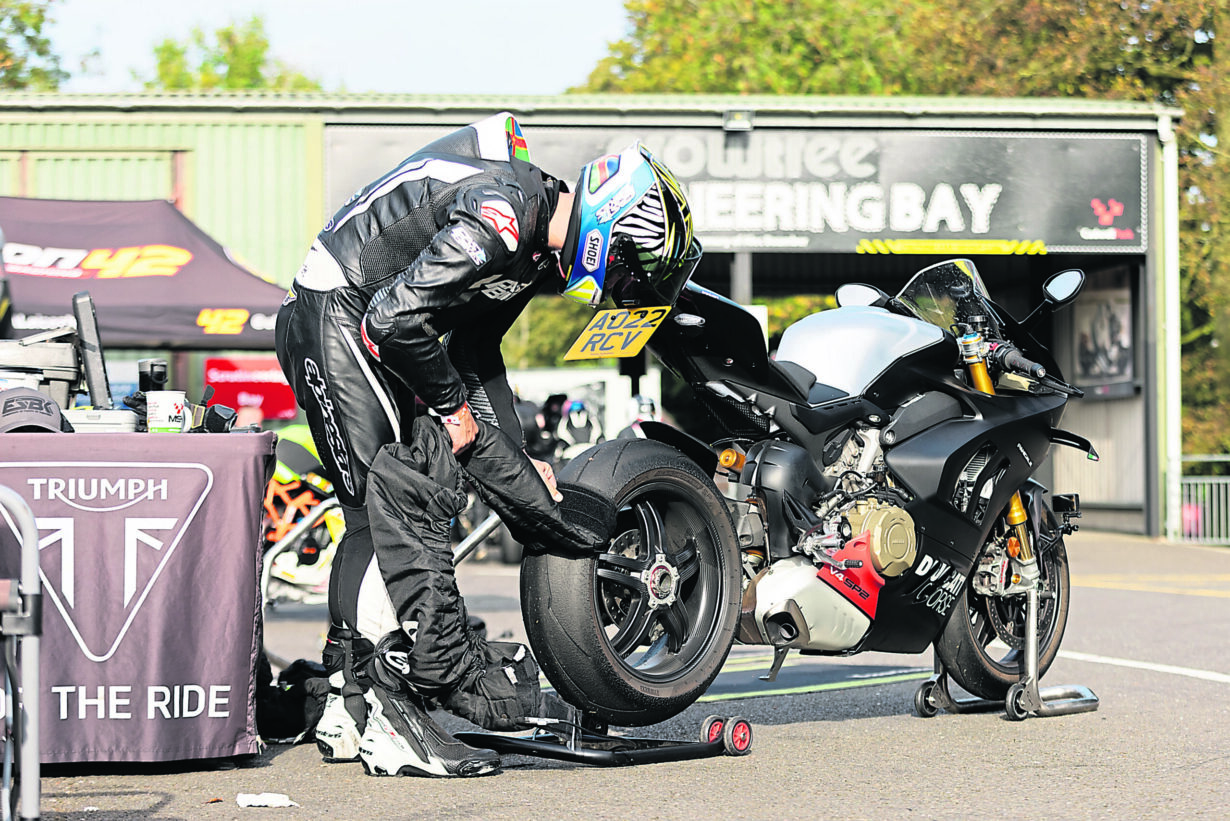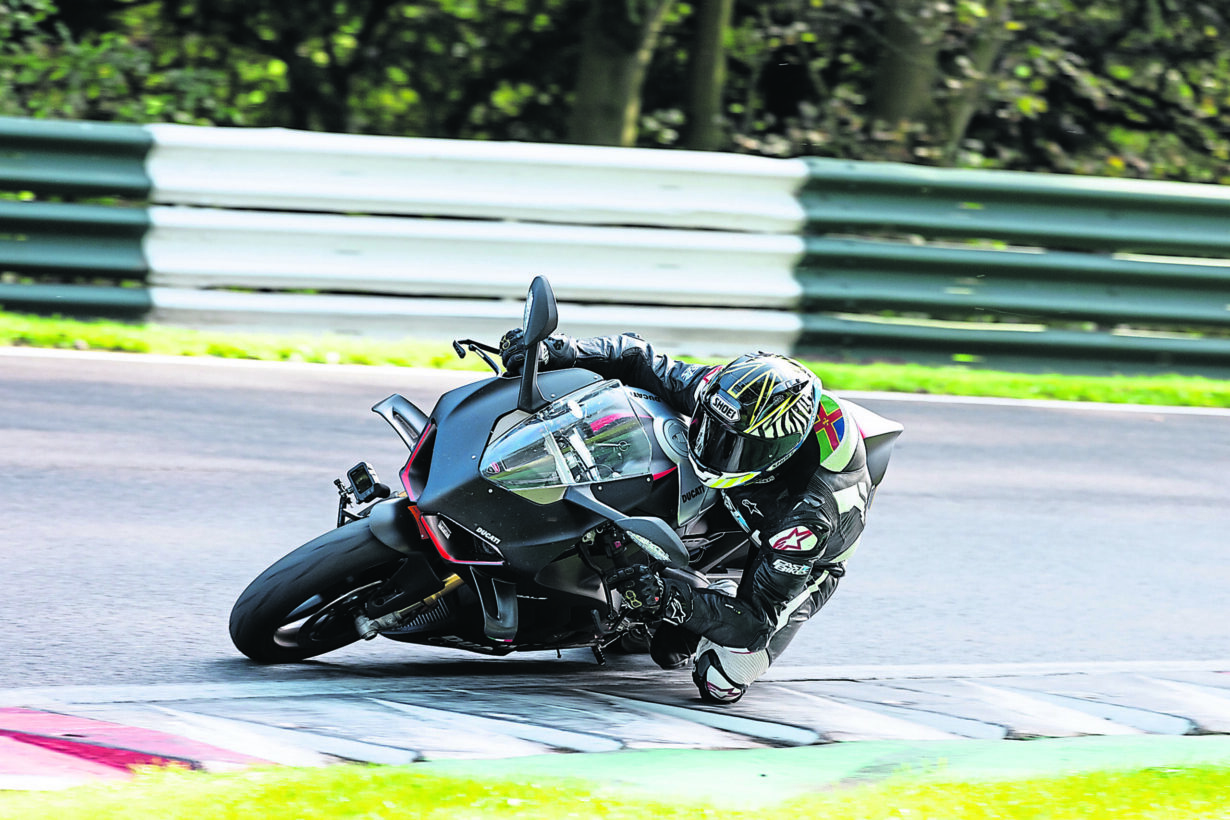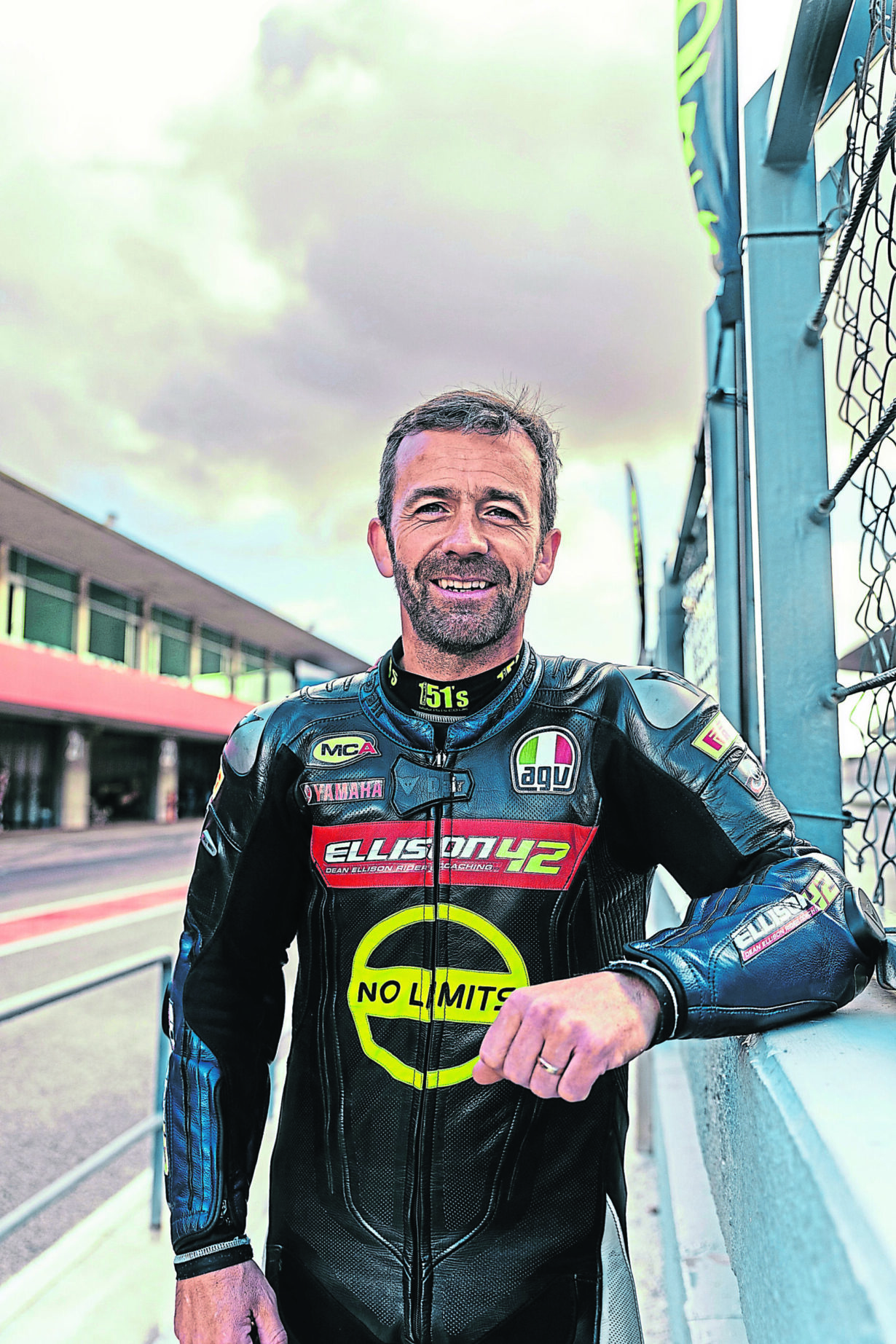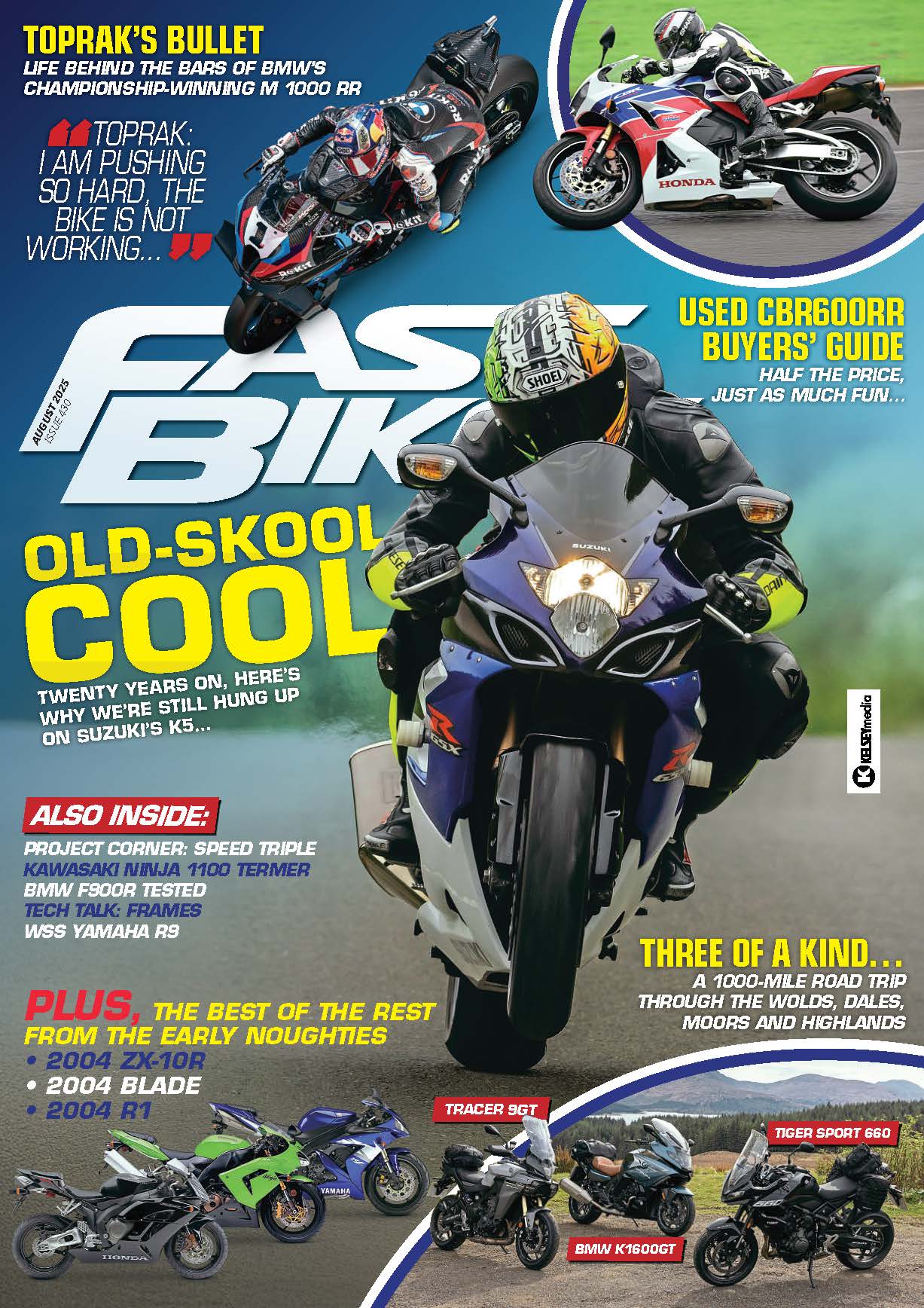Once you’re at the track, there’s a lot to consider if you’re wanting to make the most of your day. Dean Ellison tells us what we need to know.
Arriving at the Track
If you want some garage space then you really need to get there early. At some circuits that means getting there the night before, but if you’re not the type to queue at 6am, then expect to be operating from your van in the paddock area and not a garage. If this is the case, make sure you take a gazebo and a generator if using tyre warmers. If you’ve followed the above info and advice, your bike should be pretty much ready to roll and all it will need is noise testing and the tyre warmers switching on. Here’s how I would approach the day as a customer:
- Secure my garage space by rolling in the bike and plugging my extension lead into the mains or get my paddock space by parking the van and setting up my gazebo to prevent anyone else squeezing into that area.
- Get signed on as close to 7.30am as possible (this is the earliest you can sign on).
- Get my bike noise tested; if it only just gets through then I would fit the baffle anyway, just to prevent getting Black Flagged during the sessions and missing valuable track time.
- Set my tyre pressures cold and then switch my warmers on.
- Get my riding kit on before 8.30am so I’m not rushing after the briefing. Especially if you’re in the Upper group because you are normally first on track at 9am.
- Be at the designated briefing area before 9.40am so that you don’t miss the start of briefing; anyone seen to arrive late will not be given a sticker for their bike and may be delayed getting on track because they will need a separate briefing. You will need to collect a sticker at the end of the briefing to prove you attended. The sticker must match the colour of your wristband and you cannot pretend you have two bikes and collect a sticker for your friend who’s running late.

This reintroduction of a morning briefing given by the trackday organiser is essential, it’s an opportunity to talk about the circuit specifically. It helps new or inexperienced riders who may not know where to leave this circuit or what the procedure is for getting on to the circuit or where the fuel station is; maybe there’s a particular corner that catches riders out in the wet/cold weather, etc. This briefing is important for so many reasons so make sure you get there on time.
- Finally, at the last minute I would check my hot tyre pressure just before heading to the holding area to get my wrist band checked and my sticker signed to show I’ve done sighting laps.
Securing FREE Instruction
No Limits always have three-four instructors at each event to provide free instruction. They’re on hand to help on and off the track but when shared between a full trackday, they sometimes get booked up quite quickly. Track riding is a lifetime of study so you will always learn something new. I would recommend that whatever level you’re at, get down to the instructors’ garage early in the morning and book a slot. Try to avoid straight after briefing because they’re getting ready to do the sighting laps, and don’t wait until the afternoon because you will probably miss out completely.
Sighting Laps
I don’t know why, but having to do sighting laps seems to be such a chore for the regulars, but it has always been, and always will be, a requirement, so consider these points next time out and remember that the instructors are going at a speed that keeps the whole group together. This speed will vary from track to track and from day to day.
- If you’re lucky enough to get behind the leading instructor then stick to the line they’re on. Remember that they’re going at a speed the whole group is comfortable with but will still be on the correct line.
- If you’re in the middle of the bunch then just use this time to refine your line, look out for potential braking markers or turning points and apex points marked by cones or worn-out grass at the edge of the track. You wouldn’t normally notice these small details when trying to ride flat out.
- No overtaking during sighting laps. I’ve had to bring in too many riders for doing this and they come up with some crazy excuses when, really, they just thought the rider in front was too slow or wanted to work their way nearer to the front of the group.
- Once the two sighting laps are complete, take your time on the first lap because your tyres could now be slightly cooler than when you first left pitlane if you run with tyre warmers and you should build up the pace gradually.

During the Track Sessions
- Always expect to have your wristband checked when lining up. You could be one of 180 riders depending on the circuit and you can’t expect the circuit staff to remember each and every one of you, so get in line and make it easy for the person checking to clearly see the colour of your wristband.
- Don’t get stuck in a group and end up frustrated for a whole session. If you find yourself in this situation and struggle to overtake then plan to come in and start again. Clearly indicate that you’re coming in and then you can rejoin in a minute or so with ideally some clear track.
- Don’t be the cause of an unnecessary Red Flag. If you have a small off on to the grass or a mechanical failure, then providing you are okay, you should really get out of the way and let the session keep running. Sometimes it’s as simple as freewheeling the bike to one of the marshal access points marked out by an Orange Square and parking your bike against the fence and you get behind it. This means that the session can carry on running, even if under a Yellow Flag, and everyone else can carry on enjoying the session.
- If you think a Black Flag is being waved at you then it probably is. Just pull straight into pitlane and speak to the organiser or pitlane marshal to find out what the problem is.
- No overtaking if you see Red or Yellow Flags and that includes the in lap after the Chequered Flag. Circuits will display waved Yellow Flags to remind you that it’s time to come in and you should not overtake if you see them. This should prevent those going for a cheeky extra lap which has been all too common at Oulton Park, Brands Hatch and Snetterton. As an example, you can clearly see the lights and flags at Corum Corner at Snetterton or from Druids Hairpin at Brands Hatch; there’re a number of waved Yellow and then Red Flags at the final marshal post.
Nutrition
I’ve said this before in a previous article, but 7 x 20-minute sessions is very physical and mentally challenging. There’s a lot of decisions to be made and if you’re not fuelling your body with the right food then you’re at risk of fatigue and making mistakes. Make sure you’re eating little and often, with plenty of water or rehydration fluids consumed throughout the day.





